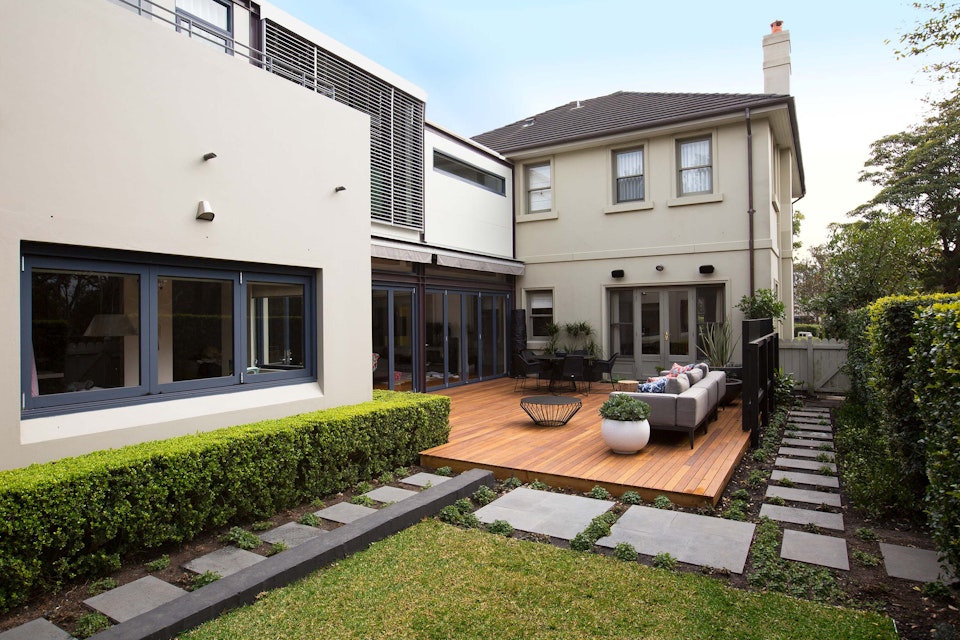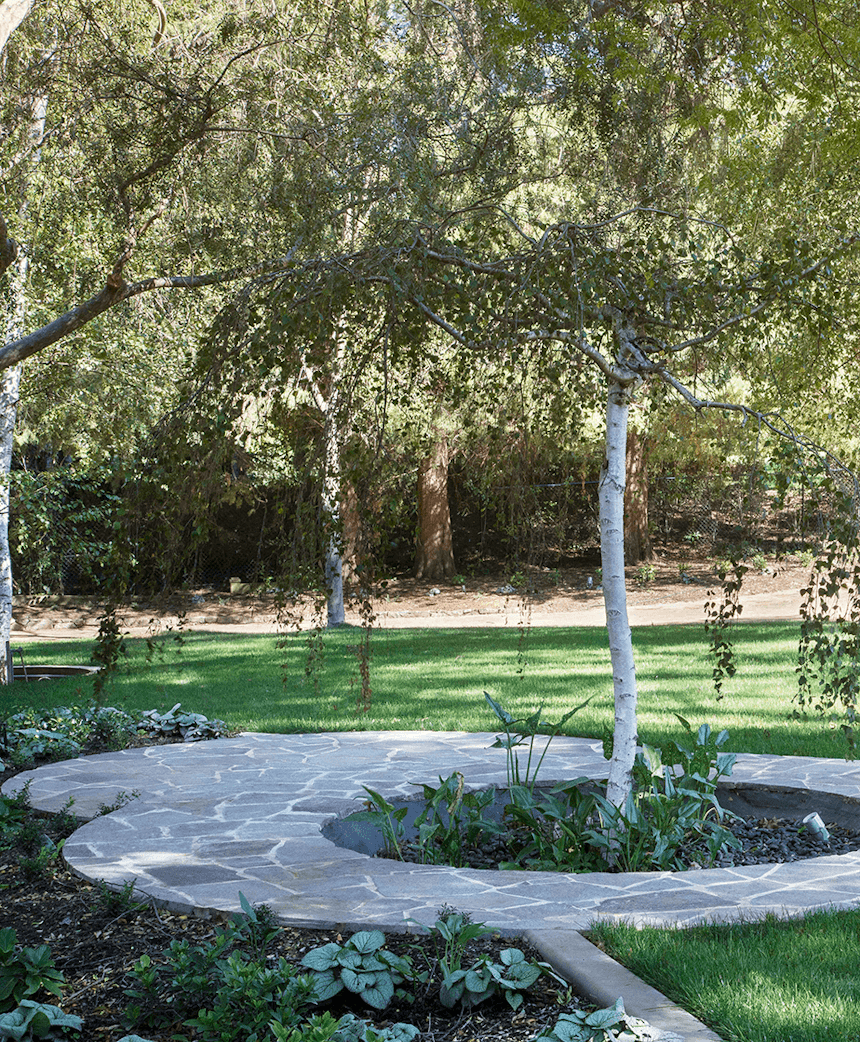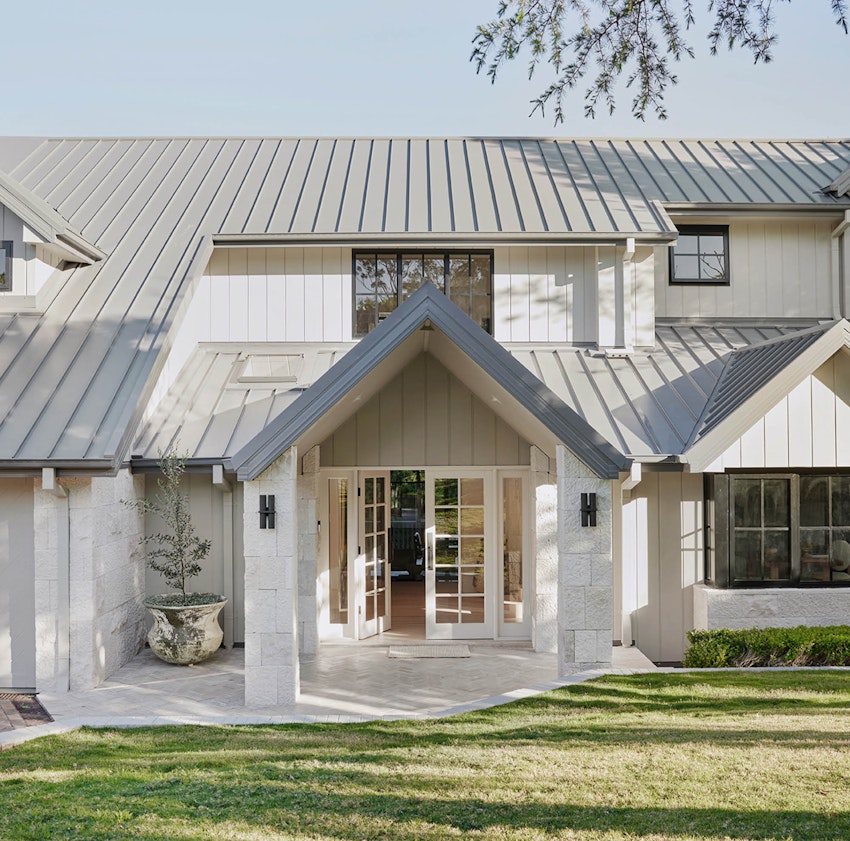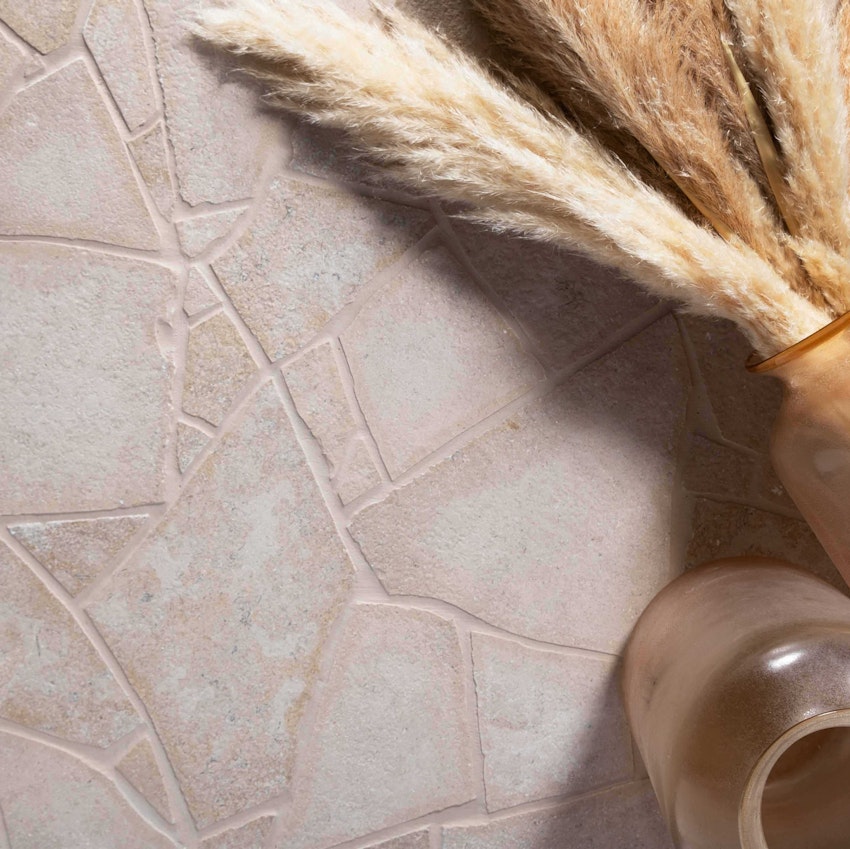6 ways to have an eco-friendly landscape
1. Use native plants
They key to using native plants is matching suitable plants to your particular garden environment. Growing indigenous plants that are native to your local area means they’ll flourish in the soil and require little maintenance to keep them healthy.
Australian soils are generally low in organic matter. They also vary greatly in their makeup and acidity level depending on their location. For example, Sydney is rich in sandstone and Cumberland clays, while Western Australian soil has a high pH level of 7.0. When choosing a native plant, be sure to check with your local nursery that it’s going to be happy in the type of soil in your garden.
One great thing about native Australian plants (besides their beauty) is that they’re well-suited to our natural environment because they require minimal watering. For small plants, encourage them to develop a deep root system by keeping them moist from the beginning. This system will allow them to thrive on less water and cope with drought more effectively down the track.
Installing a tank that collects rainwater is also a fantastic idea, as you’ll have water that’s free from the chlorine and other additives used in regular city supplies.
2. Use natural stones in your garden
Natural stones are taken from the earth, and are a fantastic option to your sustainable landscape. With no harmful chemicals, natural stone pavers, pebbles and walls can afford you a variety of distinct looks to incorporate into your garden design with no impact on the environment.
The wide range of natural stone materials also means they’re suitable for any Australian environment, both aesthetically and sustainably. Natural stone will fair well in Australian conditions, maintaining its look and structural integrity as well.
Looking for more natural stone inspiration? Browse our range to find the perfect stone for your project
3. Reduce the use of chemicals in your garden
Often, we’re told to spray our lawns and gardens with chemicals to keep them in shape. However there are so many alternative options for natural garden care that save energy, especially when it comes to looking after your lawn.
Using a push mower is a good place to start. Non-electric mowers use no gas or power, are lightweight, reduce noise pollution and don’t pollute the atmosphere. They also leave grass clippings on the ground as an organic (and free) fertiliser!
If your lawn isn’t looking well, you may reach for a chemical product to try and bring it back to life. However, the best option is to ‘solarise’ the area to kill pathogens, and then reseed the following spring. Solarising can be easily done with plastic tarps held down by heavy objects, however it will also kill beneficial insects and larvae, so don’t do this unless absolutely necessary.
Weeding is also where many chemicals tend to be used, however once again, there are better options for the environment. Corn meal can be applied before weeds sprout to prevent them, and white vinegar and salt is the perfect remedy for weeds that have set up shop on your lawn.
4. Xeriscaping
Xeriscaping refers to the practice of landscaping specifically for areas that are susceptible to drought. A common factor in xeriscaping is reducing the amount of grass used in your outdoor space, since its usually one of the most taxing elements when it comes to water conservation.
Planting native plants is another common practice of xeriscaping, as they’re acclimated to the local conditions, therefore requiring less water and maintenance. Plants most suited to ‘xeriscapes’ are often known as ‘xeric’ plants, so keep this in mind when you’re next at the nursery looking out for some beautiful blooms.
5. Reduce waste by composting
People tend to see composting as a complicated, messy and smelly affair. However, if it’s done correctly, it’s an incredibly cheap and easy way to provide your beloved garden with some seriously good humus (a nutrient-rich fertiliser). Composting really is incredibly simple! Some ideas of things to compost include:
- Fruit scraps
- Vegetable scraps
- Coffee grounds
- Eggshells
- Grass and plant clippings
- Dry leaves
- Finely chopped wood and bark chips
- Shredded newspaper
- Straw
- Sawdust from untreated wood
Simply combine all your materials in a purpose-built compost bin, make sure it has sufficient air flow and water. Over time the materials will decompose into a soil-like product that’s full of rich nutrients for your garden and lawn. You’ll known your compost is ready to be fed to your garden when it takes on a dry, brown, crumbly appearance.
6. Edible landscaping
Edible landscaping is simply the act of eating your garden! Integrating edible plants into your garden is an amazing way to not only provide some major ornamental beauty to your landscape, but to also save yourself some cash by growing your own food. This is great for the environment in a number of ways, such as reducing the carbon footprint caused by traditional food manufacturing, and eliminating the chemicals and additives that are so often contained within supermarket-bought food.
Having an edible landscape doesn’t mean you have to be able to eat everything that’s in your garden. Segmenting off a section of your garden for a vegetable bed that grows lettuce, blueberries, tomatoes and strawberries is such a fun project and an awesome way to teach kids about sustainability practices and where their food comes from. You can even have a couple of high-quality pots, troughs or jars which can hold some herbs or spices.
Have a chat to your local nursery about the best edible plants to grow in your city’s climate, as well as what kind of environment they’d prefer. Some will need shade and some will need sun, and they may also need different kinds of soils. It’s always best to set yourself up for success and do your research.
Taking steps to boost your garden’s environmental sustainability
There are so many simple steps you can take to really make your garden feel like a haven for plants and wildlife. Reducing your carbon footprint and eliminating chemicals from your garden’s maintenance routine is a fantastic (and cost-effective) way to protect your local area from pollution. It’s so easy to make small changes that will help to protect our environment’s future!
Artisan Exterior has an incredible range of natural stone materials for your home, from porcelain pavers to stone cladding. Our expert team are dedicated to helping you find the natural stone that is right for your landscaped garden. Get in touch to learn more about segmenting your landscaped garden beautifully and naturally.







